fact
.svg)
A Few Essential Words
I met Alejandra Pizarnik in Buenos Aires, in 1967, five years before her death. I had asked her to contribute to an anthology of texts that purported to continue an interrupted story begun in Shakespeare’s The Winter’s Tale: “There was a man dwelt by a churchyard.” She agreed and wrote a haunting piece called “Los muertos y la lluvia,” “The dead and the rain.” The book was never published, but we became friends.

Re-hanging the National Wallpaper
When I lived in Ottawa in the 1970s, I used to enjoy passing lazy afternoons at the National Gallery looking at the pictures. I remember how surprised I was when I first encountered the Group of Seven collection. These paintings were completely familiar—I’d seen them in schoolbooks and on calendars, posters, t-shirts, everywhere—yet at the same time they were completely unexpected.
.svg)
Nationalism Without Walls: The Unbearable Lightness of Being Canadian
Richard Gwyn tries to get away with two puns in the title of his book Nationalism Without Walls: The Unbearable Lightness of Being Canadian (McClelland & Stewart), trading off on both André Malraux's cultural manifesto of the 1960s Museum Without Wal




































































.jpg)
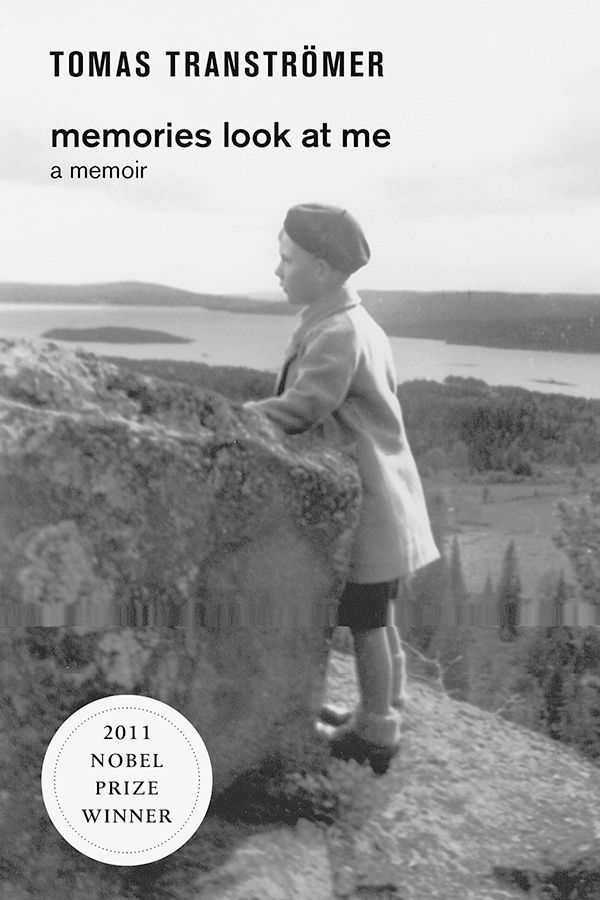
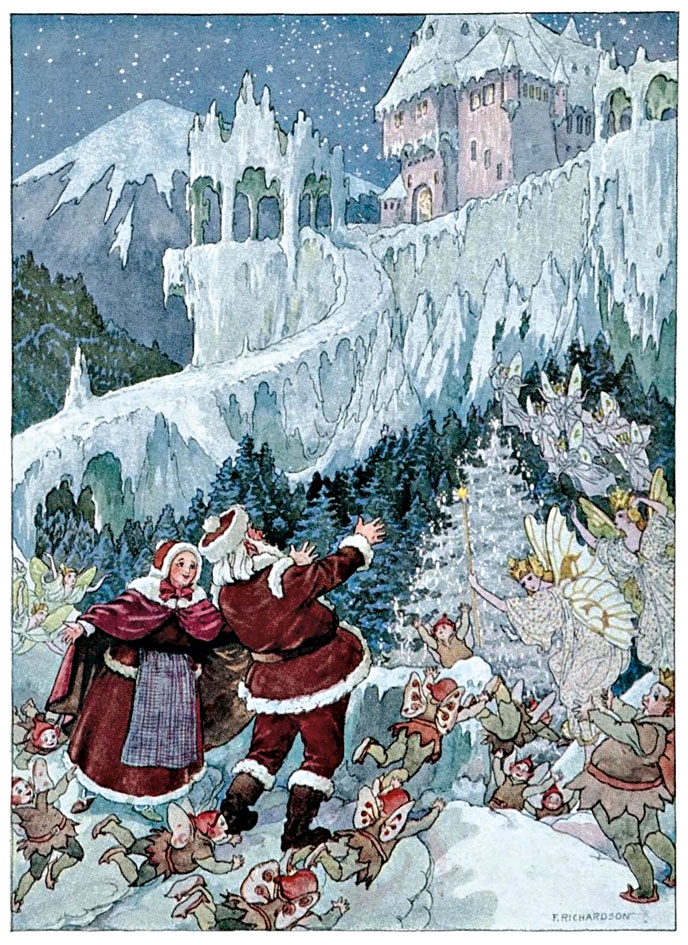
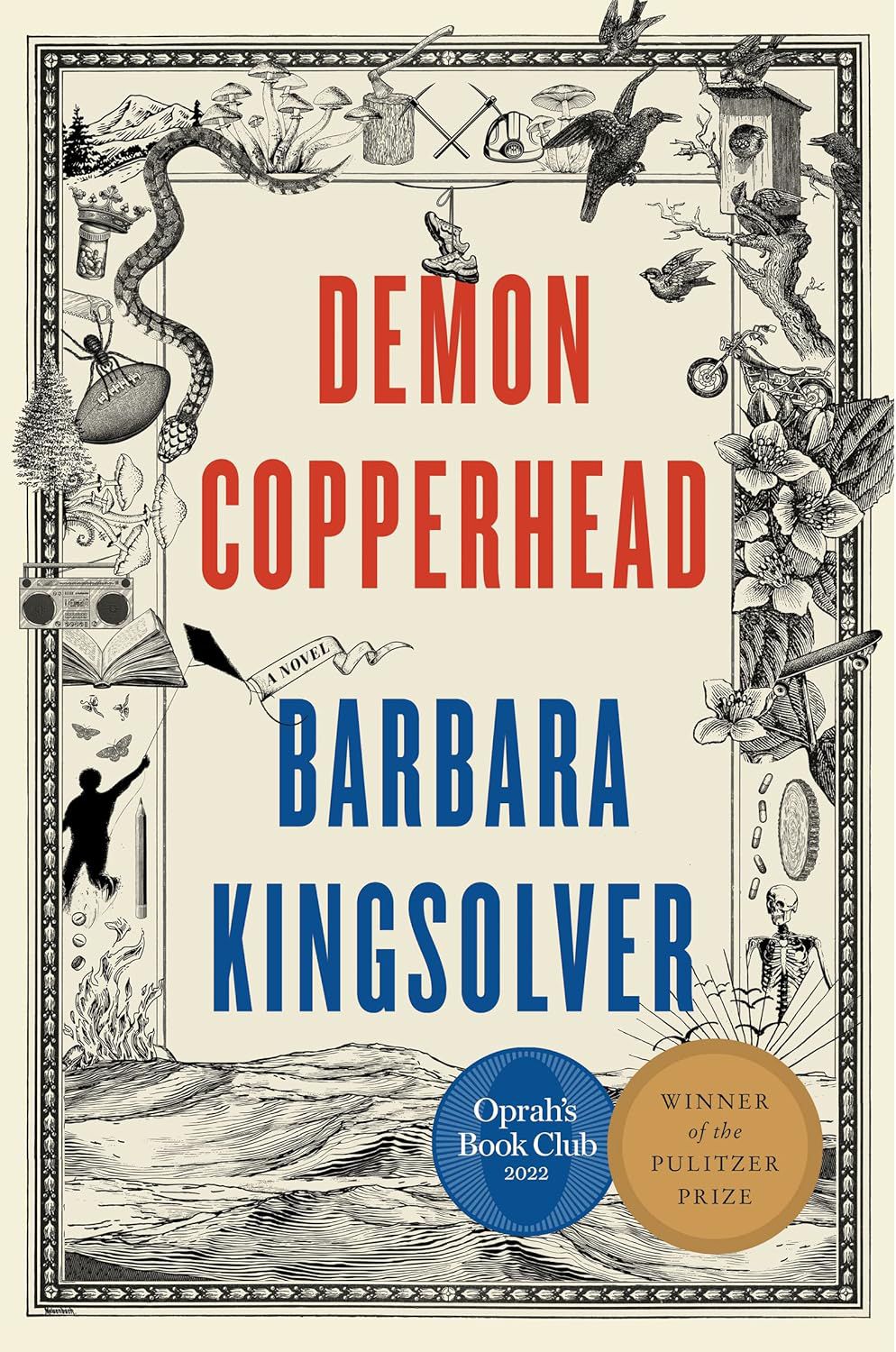



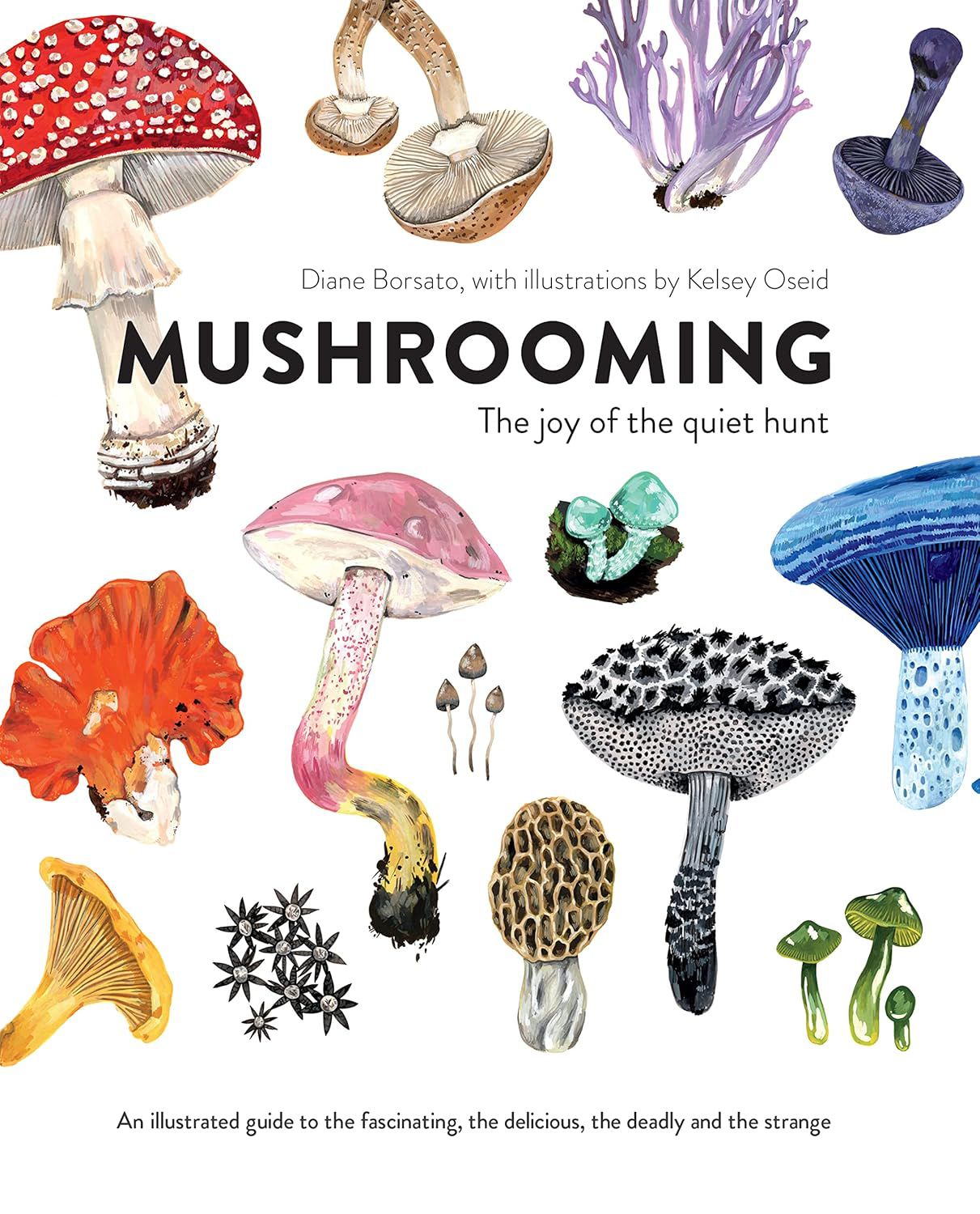

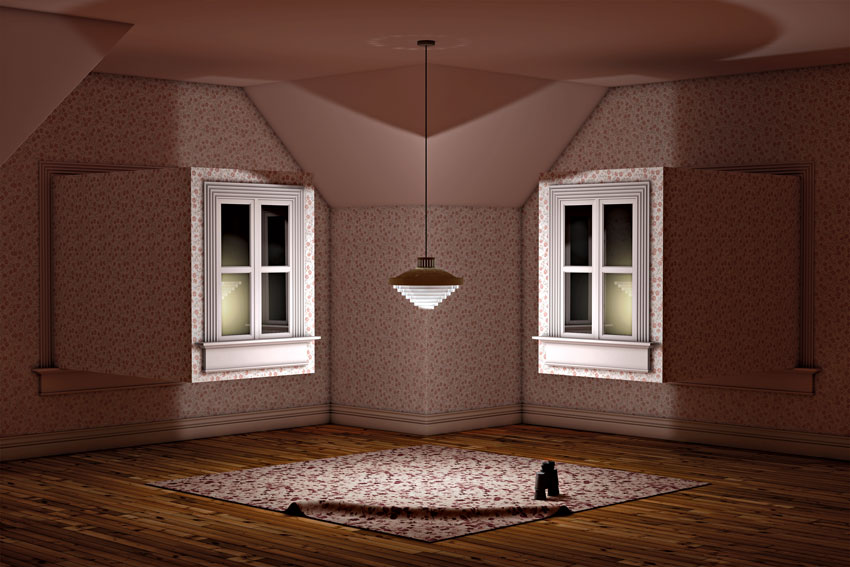
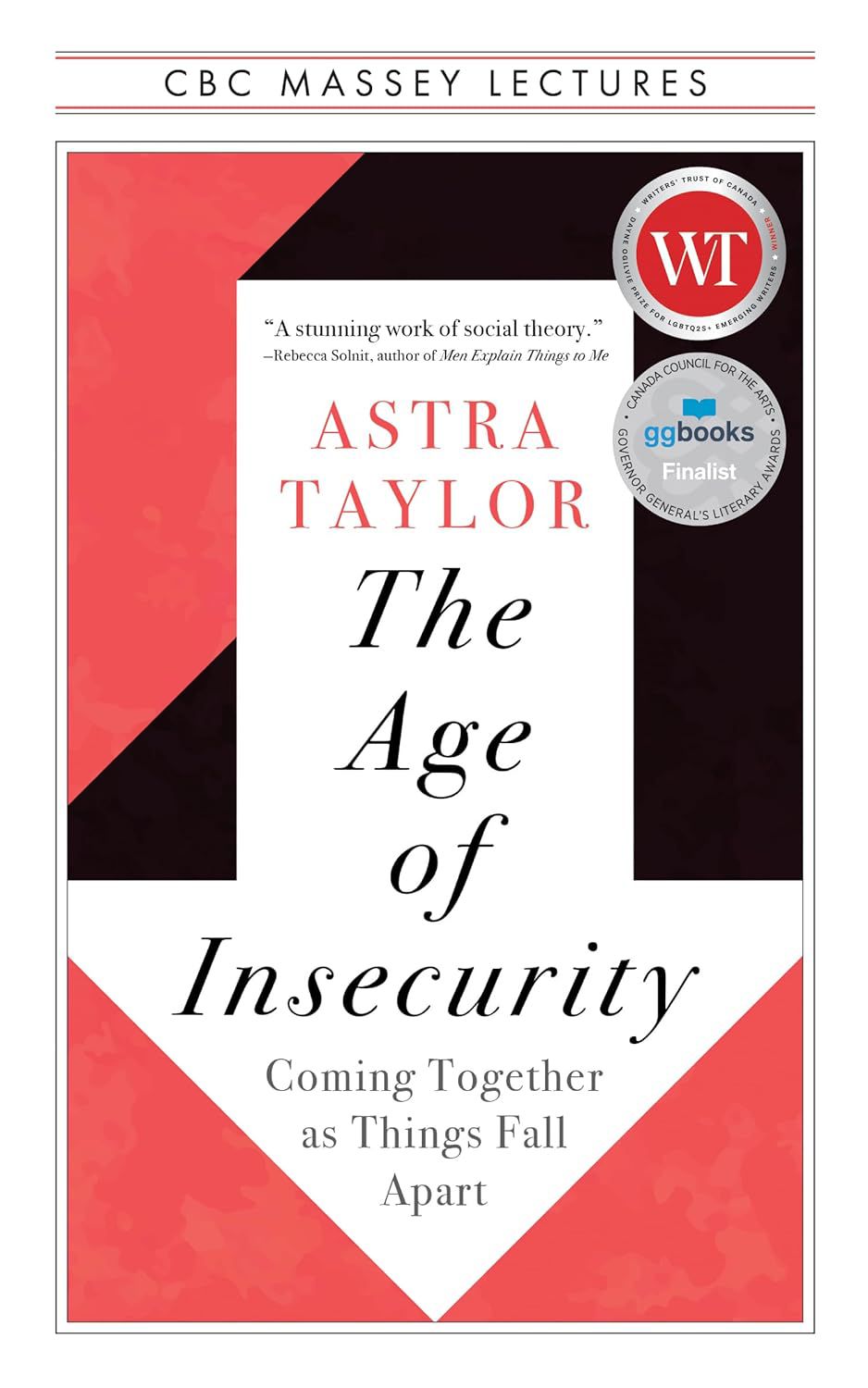
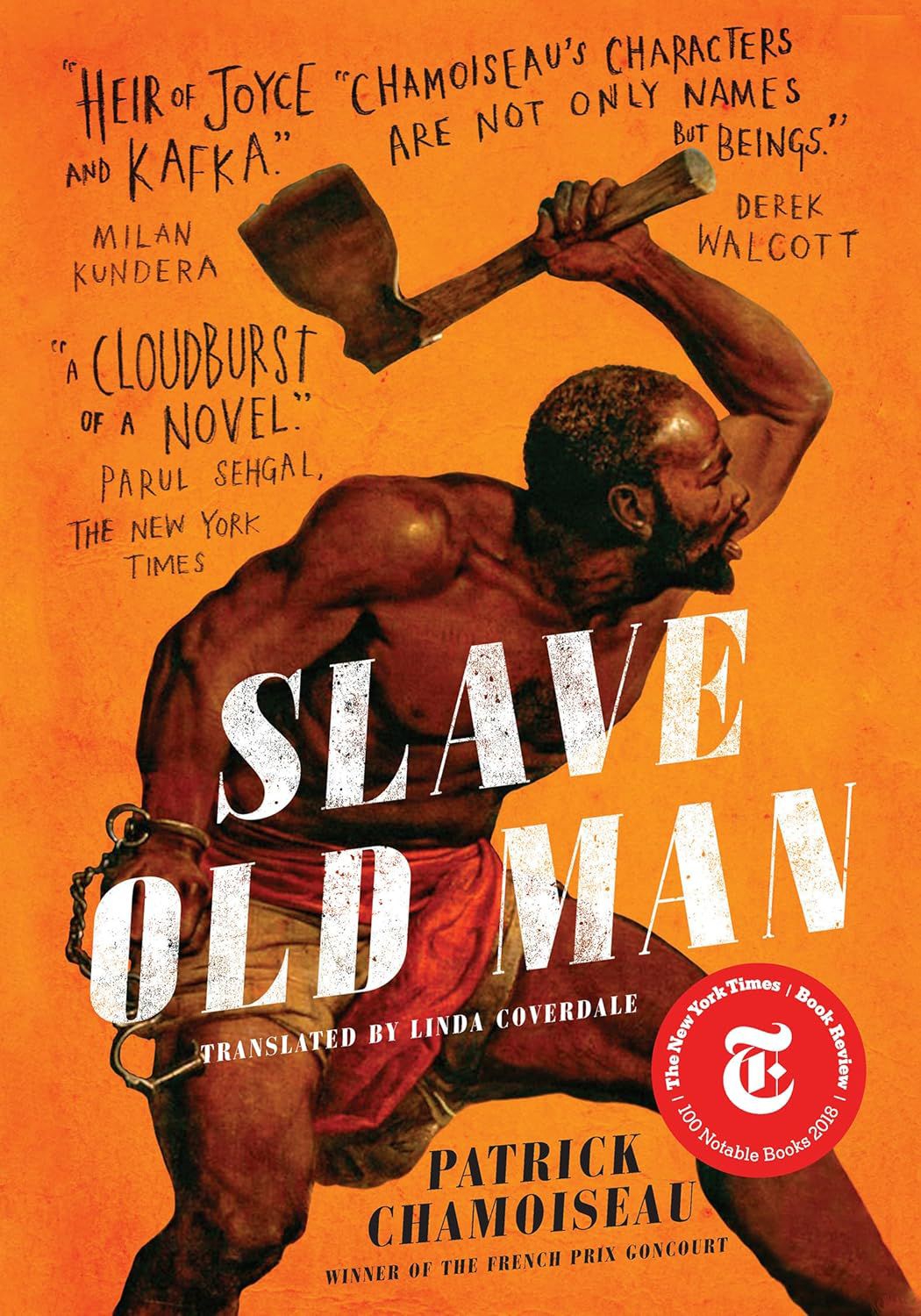

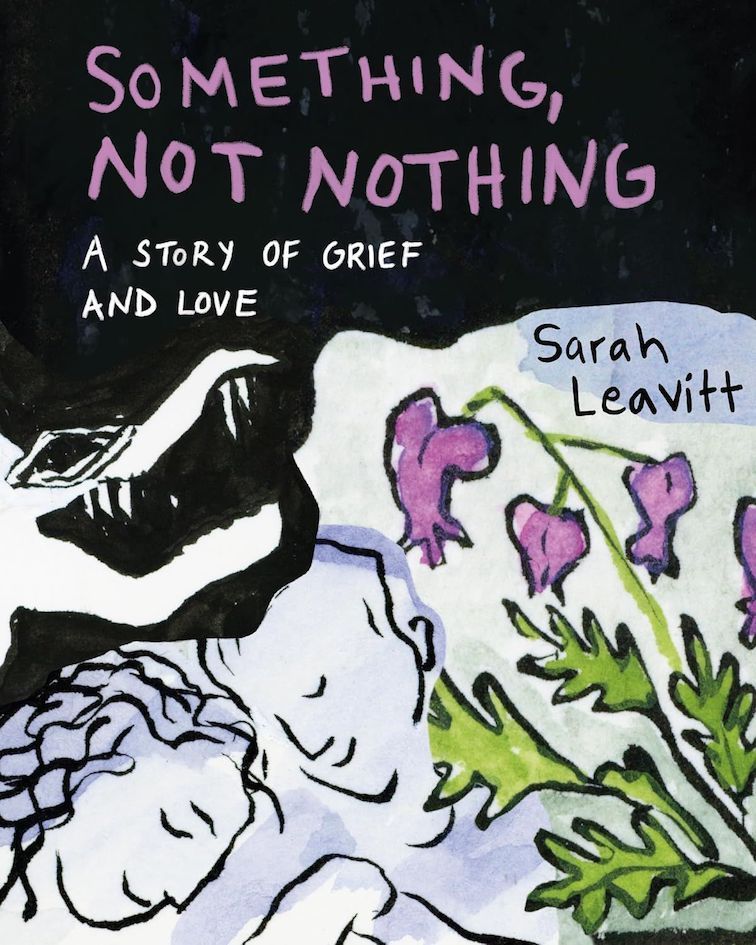
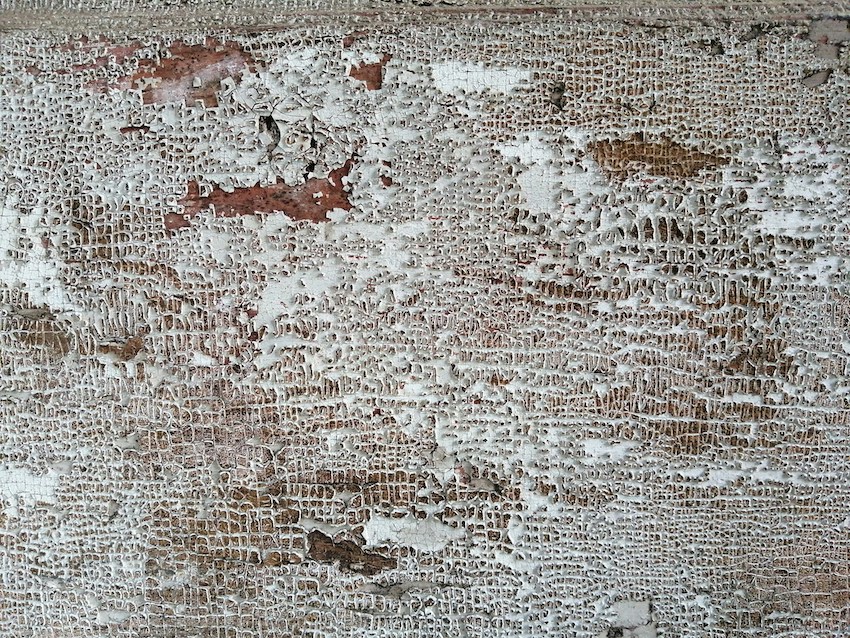








.jpg)